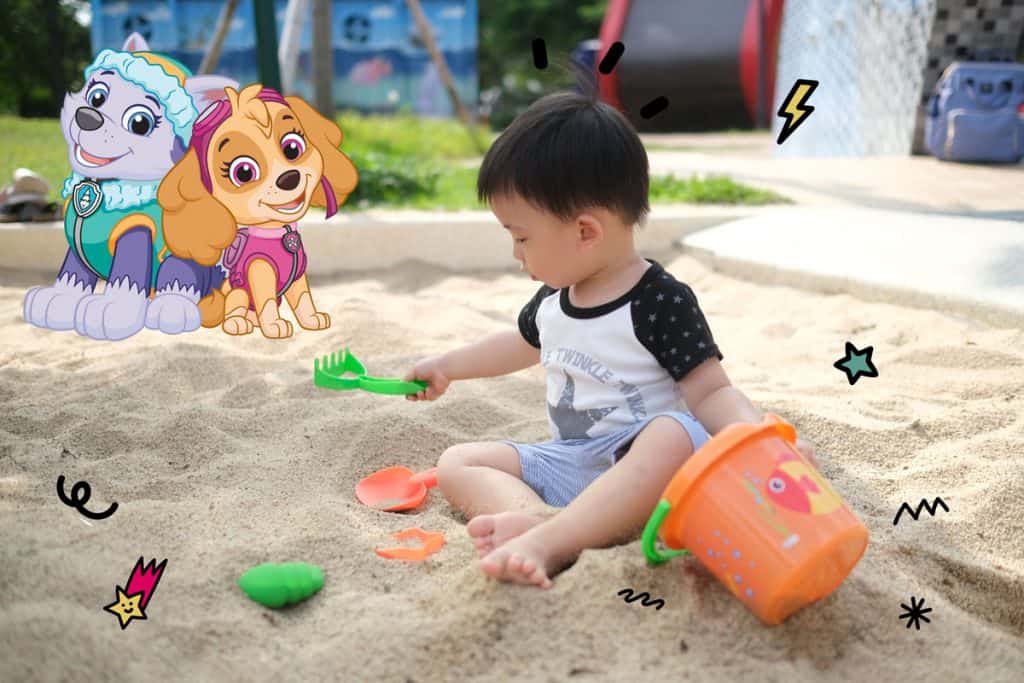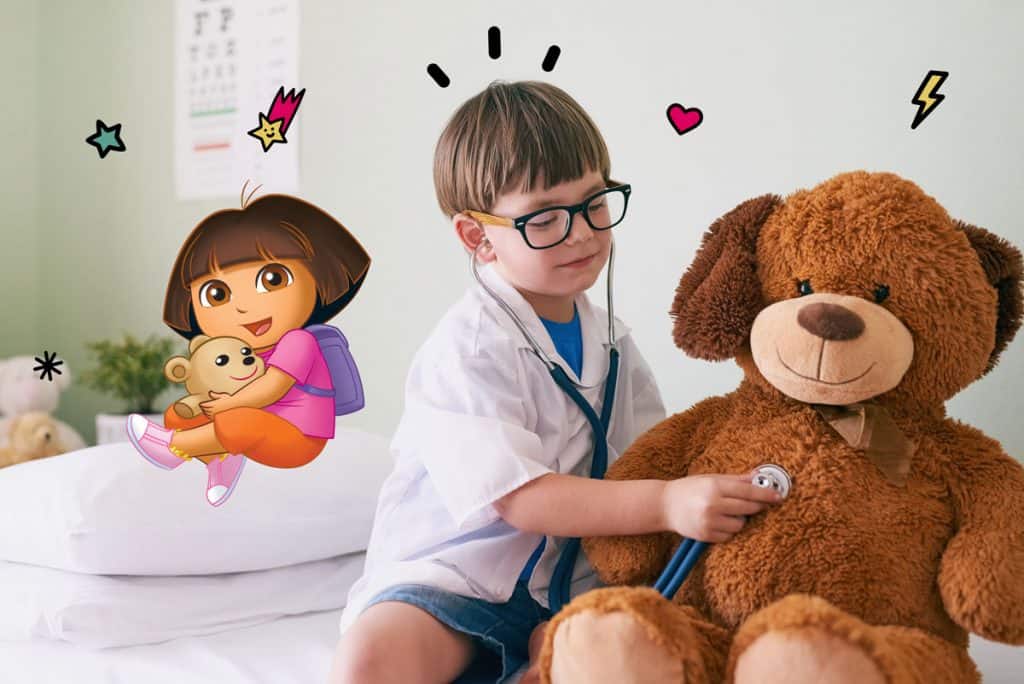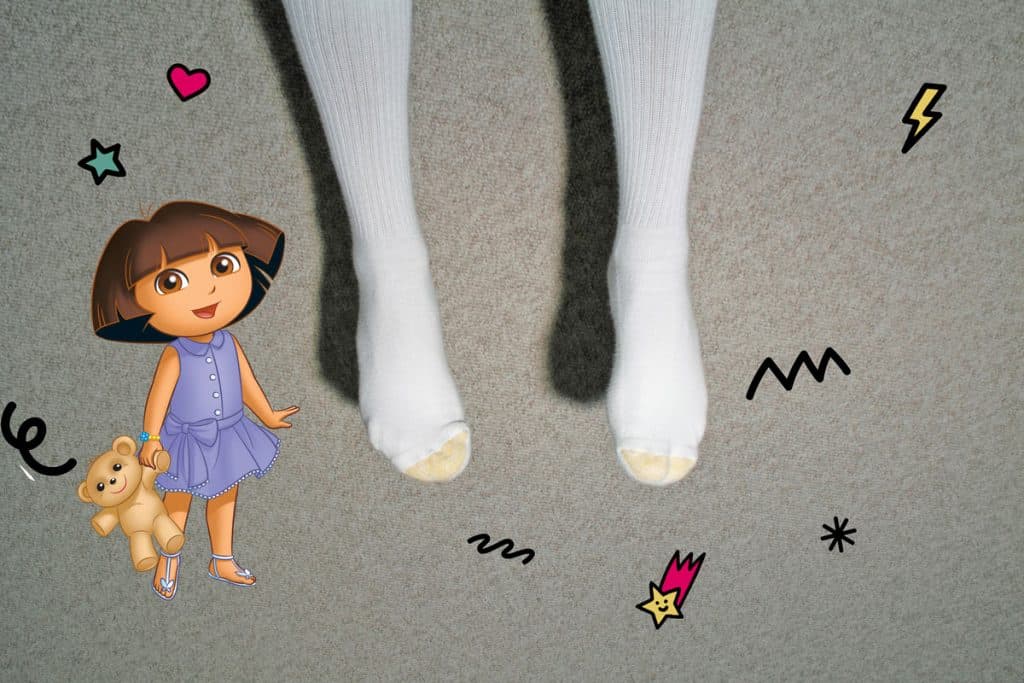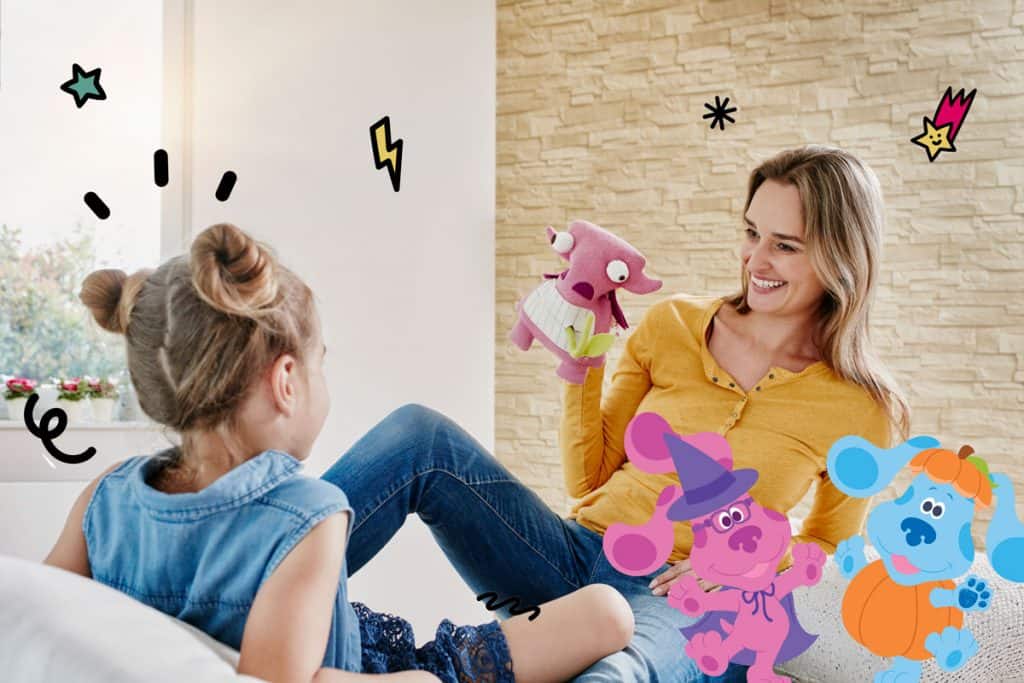Big Heart World Unit 5: Empathy
Empathy is the ability to understand and share others’ feelings. It can take a lifetime to learn — but children can start learning the basics in their earliest years.
Establishing a secure, loving relationship with parents and caregivers is the first step in developing empathy. Feeling accepted and understood, even as a baby, will help children learn how to make others feel accepted and understood as they grow up.
Learning to identify and label feelings helps children develop empathy. You can help children to learn about feelings by using words to talk about feelings and their causes. Try saying things like, “You are angry because we have to leave the playground now,” or “We are happy because we get to visit our cousins today!” Your observations about feelings help your child put words to emotions and they demonstrate you have empathy for your child.
Before 18-24 months, children don’t have the capacity to understand that other people can have thoughts, feelings, and ideas that are separate and different from their own. Once children start noticing others’ feelings, parents/caregivers can help them to develop empathy. If your child notices another child crying, you can talk with them about how the child is feeling and what may have caused him or her to cry. For example, you can say, “It looks like they’re feeling sad. Maybe they don’t want to say goodbye.”
With adult support, children will start to understand others’ feelings and have enough expressive language skills to start practicing empathy. They will begin to make the connection between how they have felt and how others are feeling. Relating the way that characters in your favorite books feel to real-life experiences will support this developing skill.
A Framework to Help You and Your Child Explore Empathy
Here’s a quick framework to help children explore empathy with young children:
- Gather Information: Practice identifying emotional and situational cues. Ask questions to better understand others. Be a careful listener.
- Identify Emotions: Use words to describe how others are feeling, and start to understand that all people have different feelings, even about the same things.
- Take Action: Learn to notice when someone might need help with a big feeling. Help can include noticing, sharing, or resolving an issue, but does not always have to mean “fixing” the feeling. All feelings are okay!
As children grow up, you can look for opportunities to practice everyday empathy. Acts of service, kindness, and generosity toward family, friends, neighbors, strangers, and even plants and animals will help develop children’s empathy.
Read to Explore Empathy
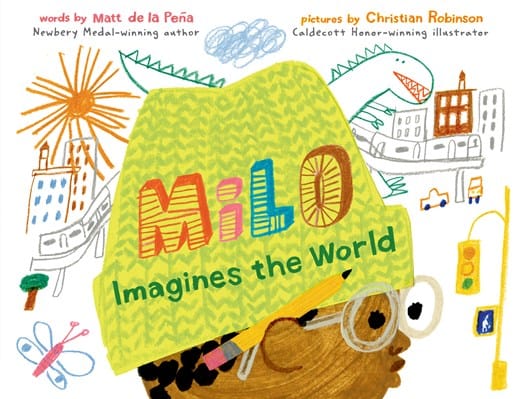
Read picture books that explore “empathy.” Read and use discussion questions, including:
- How do the characters feel? How can you tell how others are feeling?
- Have you ever imagined what others are feeling?
Listen to Explore Empathy
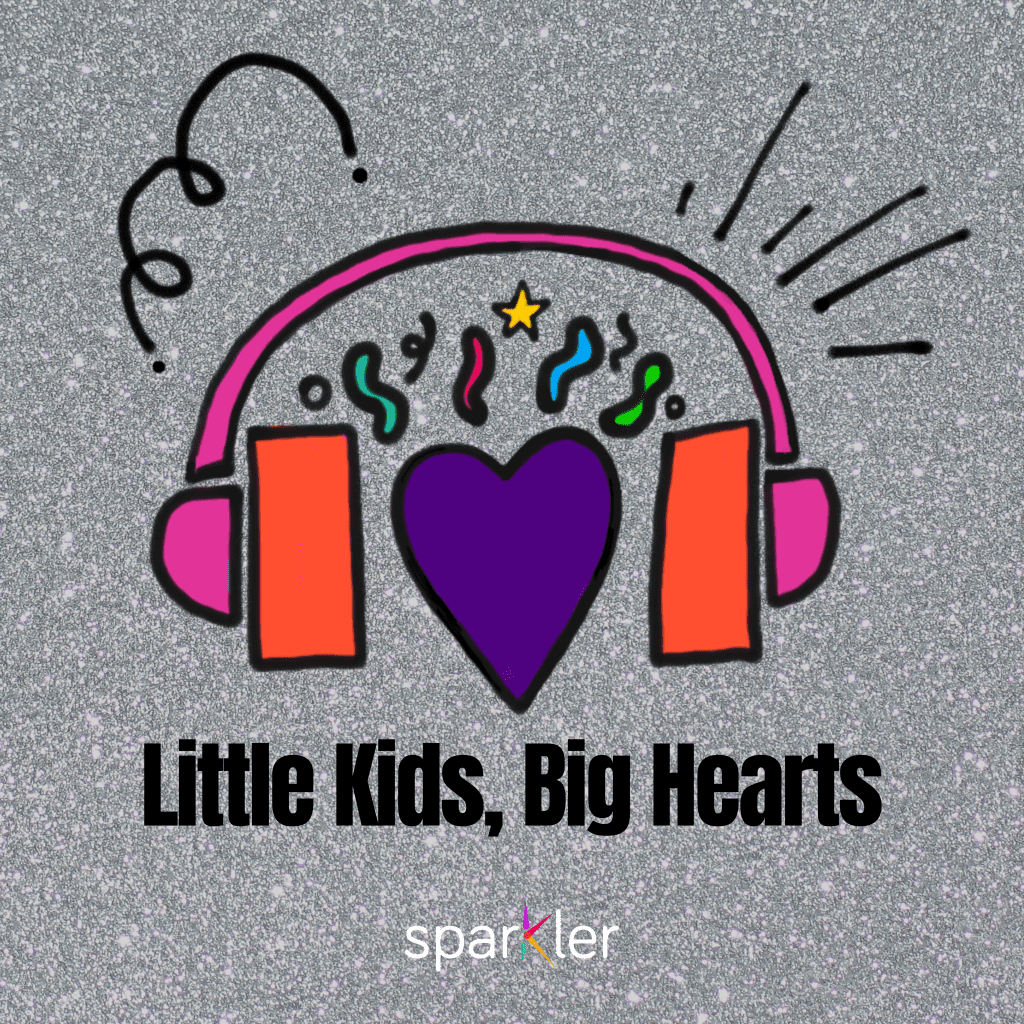
Have you ever looked for clues to find out how someone else is feeling? In “What is Empathy?,” Todd, Roxy, and three empathetic children discuss how they notice and share others’ feelings and how they show that they care.
Use our discussion guide, in English and Spanish, to keep the discussion going!

